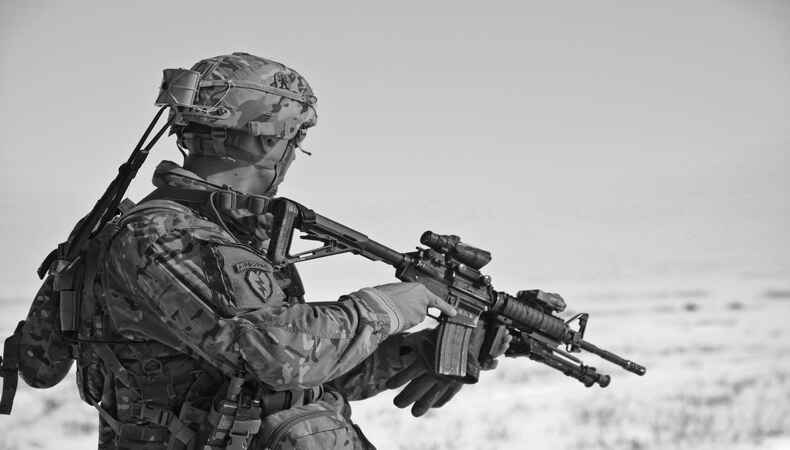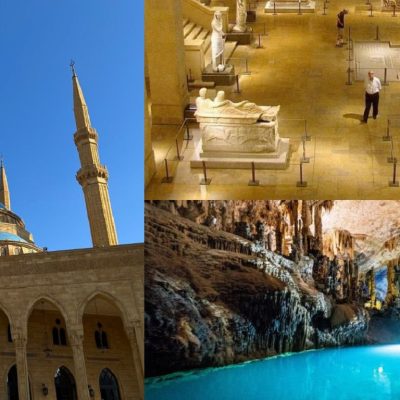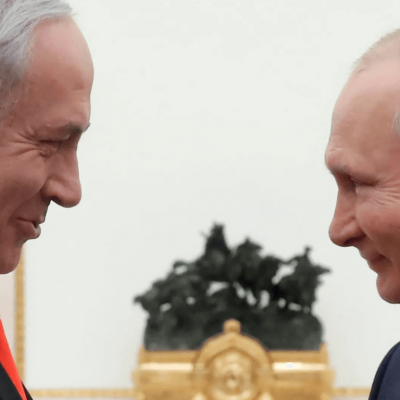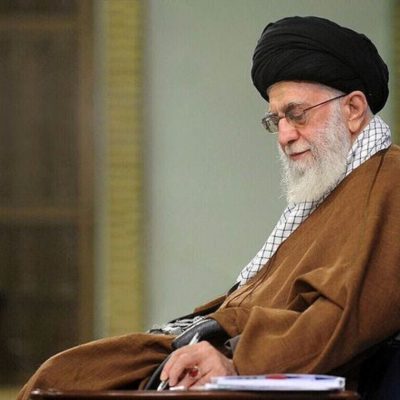Lebanon’s Deadliest Day of Conflict Since 2006: Israeli Strikes Kill 492, Wound 1,645

With Israeli airstrikes on Monday killing over 490 persons in Lebanon, the continuous battle between Israel and Hezbollah marks the worst single-day attack since the 2006 Israel-Hezbollah war. More than 90 of the victims—men and women as well as children—showcased the terrible human toll this fast growing conflict takes. These strikes, according to Lebanese officials, were a part of Israel’s expanding military assault against the militant organization Hezbollah, firmly ingrained in southern Lebanon.
Israel warned southern and eastern Lebanese citizens to flee ahead of the increasing air strikes as tensions peaked. Reacting to these warnings, thousands of people from southern Lebanon fled toward Beirut in the biggest migration observed since the 2006 conflict. Families frantically sought refuge in the capital, choking the main highway out of Sidon, a southern port city, with vehicles. The health ministry of Lebanon verified that 1,645 others were injured in the bombardment while Monday’s strikes claimed 492 deaths, including 35 children and 58 women. This increase in casualties further devastated a country already suffering from the consequences of a recent fatal attack on communications infrastructure, which left dozens dead and many more injured.
Israeli Military Activities Get Increasing Intense Against Hezbollah
Israeli Prime Minister Benjamin Netanyahu personally addressed the Lebanese people in a pre-recorded speech cautioning them to follow Israel’s evacuation recommendations. “Take this warning seriously,” Netanyahu urged people to leave places where Hezbollah fighters are firmly rooted. Once Israel’s military activities came to an end, he told them they would be free to go back home. Along with the message, Israeli military spokesman Rear Admiral Daniel Hagari offered a similar request stressing that Israel’s forces were resolved to drive Hezbollah back from its strongholds close to the border. Hagari said the Israeli army would use any means required to eliminate the threat presented by Hezbollah, including, should a land invasion be called for.
According to Rear Admiral Hagari, Monday’s heavy bombings had seriously compromised Hezbollah’s military capacity. Hagari, however, refrained from offering a precise date for when the current operation might stop, despite the general damage done to Hezbollah’s infrastructure. Since the fight started in October of the previous year, Hezbollah has reportedly shot about 9,000 rockets and drones into Israel, including 250 assaults just on Monday alone. Hagari underlined that many of the strategic Hezbollah targets—including cruise missiles, long-range rockets, and attack drones—many of which were hidden within civilian areas—had been effectively eliminated by the strikes. He also presented proof, including pictures of missiles kept in civilian houses, showing how Hezbollah had turned southern Lebanon into a combat zone.
Retaliation Attacks by Hezbollah and Ground Invasion Prospect
Hezbollah responded with a flurry of rockets and drones targeted at Israeli military sites as Israel increased the intensity of its air campaign. The extremist group also started frequent strikes against the headquarters of Rafael Advanced Defense Systems, an Israeli defense contractor situated near Haifa. Monday’s strikes marked the continuation of Hezbollah’s strong posture against Israel, which the group has kept since the conflict started to get more intense after the October 7 attack by another Iran-backed militant group, Hamas.
Targeting Hezbollah sites in southern Lebanon and the eastern Bekaa Valley, where Hezbollah has a long-standing presence, the Israeli military claimed to have carried deliberate airstrikes. Three missiles from Israeli jets also hit Beirut’s Hezbollah strongholds in the southern suburbs, causing injuries to numerous people. Israeli sources underlined that the airstrikes were meant to destroy Hezbollah’s military apparatus, which had been developed over the past two decades with great Iranian Revolutionary Guards‘ support.
Mounting a Humanitarian Crisis in Lebanon
Lebanese Health Minister Firass Abiad acknowledged as the strikes got more severe that Israeli attacks had targeted hospitals, medical facilities, even ambulances. Already under the weight of the flood of injured civilians, hospitals in southern Lebanon and the eastern Bekaa Valley were advised to postpone non-urgent operations to give victims of the strikes top priority. The government started building emergency shelters for the displaced and mandated universities and institutions to close.
Apart from attacks on Hezbollah strongholds, Israeli air strikes cover various residential areas, extending as far north as Byblos, a city more than 80 miles from the Israeli-Lebanese border. The strikes even reached the Bekaa Valley, a territory bordering Syria on Lebanon’s east, where Hezbollah has strong ties going back to the group’s foundation in 1982. Lt. Gen. Herzi Halevi, Israel’s military chief, said that the bombings were meant to cause havoc with Hezbollah’s infrastructure so as to stop the group from attacking Israel. He also pointed out that these strikes were a part of a larger campaign to let displaced Israelis in northern Israel to finally go back to their houses.
More general regional and worldwide ramifications
With U.S. President Joe Biden’s government voicing concern about the possibility for an all-out conflict between the two sides, the escalation between Israel and Hezbollah is alarming world powers. A major first step in de-escalating the more general violence in the area, the White House emphasized the need of reaching a cease-fire between Israel and Gaza. Karine Jean- Pierre, the White House Press Secretary, underlined once more that the Biden government was actively involved in diplomatic initiatives aiming at bringing both sides to the bargaining table.
Speaking under the condition of anonymity, a State Department source disclosed that the United States had “concrete ideas” for bringing peace that were meant to be delivered to friends and partners during the U.N. General Assembly. These diplomatic projects, however, are still in their early years and it is unknown if they will help to reduce the war. Citing the rising amount of fire traded between Hezbollah and Israeli forces, U.N. soldiers assigned in southern Lebanon have already stopped their patrols and limited themselves to their barracks.
Deeply concerned about the civilian losses, U.N. Secretary-General António Guterres urged both parties to show moderation. The death toll on Monday in Lebanon greatly exceeded that of the Beirut port bombing in 2020, thereby highlighting the intensity of the present conflict. Responding to Israel’s growing military operations, Lebanon’s information minister, Ziad Makary, denounced the psychological methods Israel used, including mass text messaging residents in Hezbollah-dominated areas and warning them to flee should they live in buildings housing weapons. Makary exhorted the Lebanese people to be cool and resist what he saw as Israel’s psychological assault.
The Way Ahead: toward diplomacy or war?
Deepening tensions between Israel and Hezbollah raise questions about whether the area would be on verge of a fresh war. Hezbollah has promised to keep attacking until a cease-fire deal in Gaza, therefore matching its goal with that of Hamas. But as Israel’s military activities grow and Hezbollah keeps firing rockets, reaching a cease-fire becomes progressively more difficult.
The continuous offensive by Israel in Gaza has greatly complicated the situation. Israel has escalated its military operations after Hamas’s initial strike on October 7, which claimed the lives of 1,200 Israeli citizens and kidnapped hundreds more. Although the Israeli government claims to have killed more than 17,000 Hamas fighters in Gaza, the humanitarian damage has been enormous. The health ministry of Gaza claims that more than 41,000 Palestinians have died; women and children make more than half of the casualties.
Diplomatic attempts remain delicate while Israel and Hezbollah keep intensifying their military activities. Though the whole community is attentively observing, it remains a matter of debate whether this dispute will turn into a full-scale regional war or can be settled diplomatically. Right now, Israel and Lebanon are engulfed in bloodshed; daily the human cost mounts.




